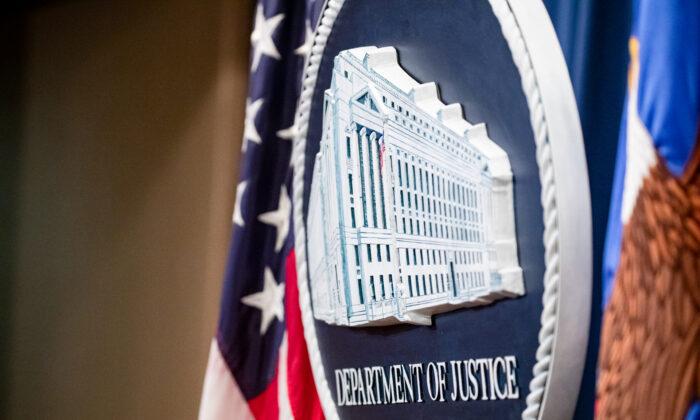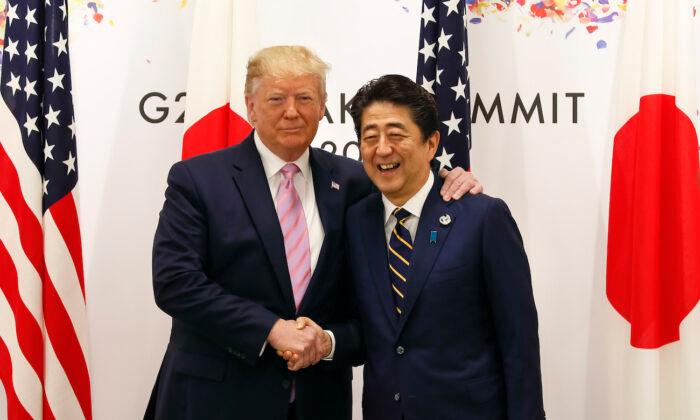Operation Pacific Iron 2021 is scheduled to take place within the U.S. Indo-Pacific Command’s area of responsibility in July to showcase the U.S. air force’s strategic flexibility, according to Pacific Air Forces.
The announcement comes as U.S.-China tensions continue to simmer over the issues of Taiwan and the South China Sea.
U.S. Air Force Capt. Veronica S. Perez, chief of Engagements Division, Public Affairs of Pacific Air Forces, told The Epoch Times that the purpose of the operation is “to conduct simulated combat-related dispersal operations to develop tactics, techniques, and procedures (TTPs), for real-world operations.”
“Operationalizing readiness-enhancing concepts is critical to ensuring a free and open Indo-Pacific region,” she emphasized.
When asked about the start and completion dates of the operation, Perez said they would not provide specifics at this time over operational security concerns.
Leaf believed that China should “take it as a demonstration of the legitimacy of the American commitment to the region” because it is not cheap to deploy 25 F-22s from two different bases to the Western Pacific.
Functionally, the F-22 has persistently “demonstrated precision attack capabilities, defeating both air- and ground-based threats with unparalleled lethality and survivability,” according to F-22 manufacturer Lockheed Martin.
“The F-22’s ability to collect and share tactical information with friendly assets enables U.S. and allied forces to engage targets with unmatched battlespace awareness,” says the manufacturer. “The Raptor makes other coalition aircraft more survivable.”
“Adversaries respect the aircraft and that is precisely why they are regularly deployed as a signal of resolve,” they wrote. “If conflict erupts, F-22s will be at the forefront of operations.”
Operation Pacific Iron 2021 also includes about 10 F-15E Strike Eagles from Mountain Home Air Force Base, Idaho, and two C-130J cargo aircraft from Yokota Air Base, Japan.
Perez declined a request for comment on whether communist China poses a threat to international peace and order over the issues of Taiwan and the South China Sea. However, indications show Beijing has ratcheted up military maneuvers against the regions in the first half of 2021.
On March 24, Xi Jinping inspected the 2nd Mobile Contingent of the People’s Armed Police. At a subsequent conference, he urged the audience to “Keep focusing on preparedness for war, and push forward actual combat training.”
Two days later, 20 Chinese military aircraft—including four nuclear-capable H-6K bombers, 10 J-16 fighter jets, two Y-8 anti-submarine warfare aircraft, and a KJ-500 airborne early warning and control aircraft—entered Taiwan’s air defense identification zone (ADIZ), according to Taiwan’s Ministry of National Defense. It was the largest incursion ever reported by the ministry.
On June 24, Ren Guoqiang, spokesman for China’s Ministry of National Defense, expressed at a regular press conference that the ammunition consumption across the People’s Liberation Army (PLA) surged in the first half of 2021, compared with the same period in each previous year. And the proportion of training in sophisticated programs continued to climb as well.
Beijing’s latest maneuver is an ongoing five-day live-fire exercise from July 16 to 20 in waters of the Bohai Sea, according to a notice released by China’s Tangshan Maritime Safety Administration, China’s state media outlets reported.





